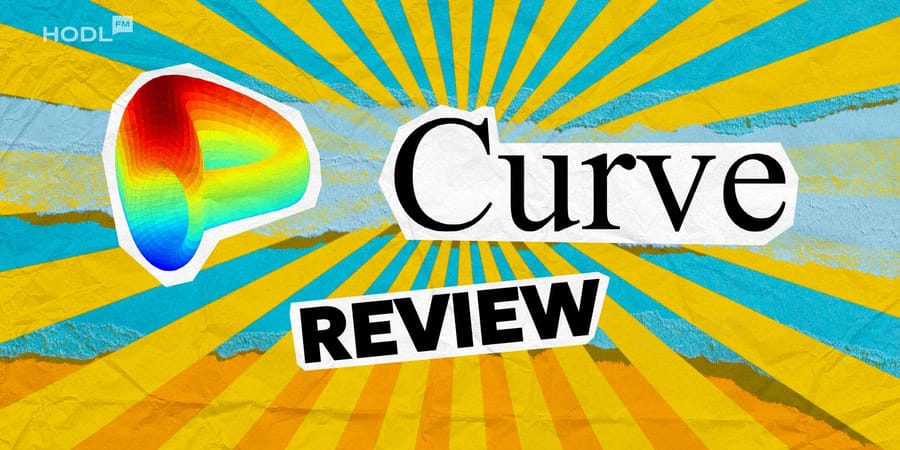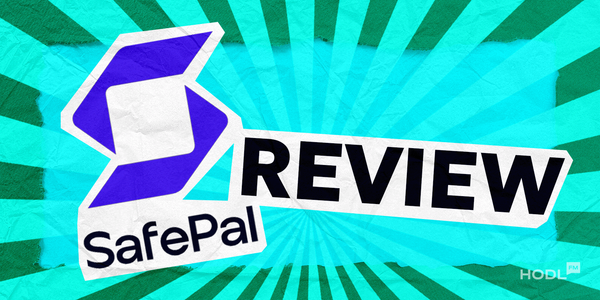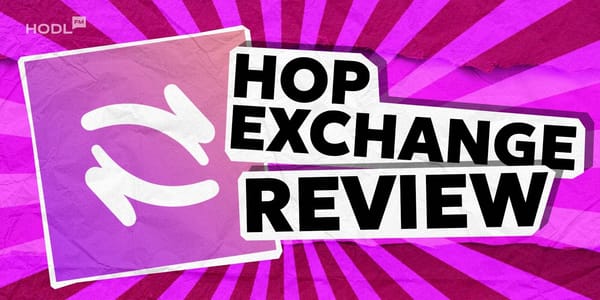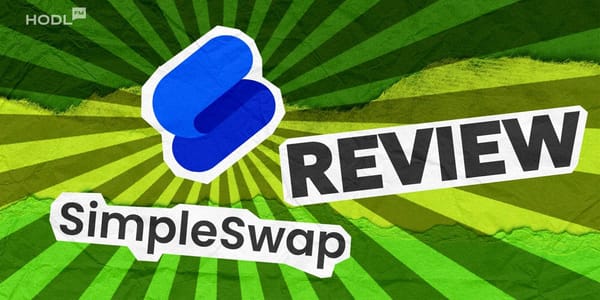Curve Finance is one of the tools serving the upwardly mobile decentralized finance (DeFi) space that has grown immensely to proudly boast a staggering $111.522 billion in total value locked (TVL).
Read on for a complete review of the platform, how it works, and how you can be part of its DeFi ecosystem.
What Is Curve Finance?
Curve Finance is a decentralized exchange (DEX) platform that offers low slippage and efficient trading of digital assets. The platform specializes in stablecoins like USDC, DAI, BUSD, USDT, and several other assets.
It’s not just stablecoins. The DEX platform’s role is to build an ecosystem of tradeable digital assets that exhibit similar pricing behavior. While stablecoins are the best example of such assets, they also include wrapped or tokenized bitcoin or ETH.
What I found unique about the platform is its precision in mitigating impermanent loss and minimizing transaction fees and slippage.
The main difference between the Curve DEX and DEX platforms like Uniswap is that. In contrast, Uniswap’s liquidity pools are composed of disparate assets like BTC and ETH; the former’s LPs are exclusively composed of both stablecoins and wrapped tokens like wBTC, wETH, and many more.
The Founding Story and Vision of Curve Finance
Michael Egorov, a cryptographic professional and theoretical physicist, unveiled Curve Finance in 2020. Prior to launching the DEX, Michael had also co-founded the data encryption company NuCypher in 2015.
Egorov’s mission was to build a completely decentralized platform governed by the people, and for the people. As such, at its core, Curve Finance was operated as a DAO (a decentralized autonomous organization) with the CRV coin as the primary governance token.
If you own (ed) the token, you were eligible to participate in Curve Finance’s community governance, vote in key decisions, and obtain rewards for your participation.
Today, CRV has a total market capitalization of $765.65 million, and any holder can submit proposals to implement protocol modifications, and these proposals are upvoted by other community members.
How does Curve Finance Work?
Curve Finance works using the Automated Market Maker (AMM) model, an innovative way for peer-to-peer, non-custodial, and decentralized transactions that was originally conceived by Uniswap. The model operates by making transactions smooth, eliminating middle parties, and paving the way for transactions to occur between two parties without having to pick a specific counterparty.
Traditional payment methods and transactions are operated via a traditional order book, which is controlled by a third party or a centralized payment processor. For Curve Finance and the rest of the alternative decentralized exchanges, transactions occur through liquidity pools (LPs).
The liquidity pool is where different participants lock their tokens within an accessible smart contract. Usually, the LP has to contain an equal number of tokens for each corresponding trading pair. For example, a pool comprising DAI and USDC will have 1000 tokens of each asset.
This means if I wanted to exchange 100 USDT for 100 USDC, the pool must have 1100 USDT and 900 USDC. As a result of the trade, USDC’s price would have to slightly adjust to the downside so that traders have the advantage of buying at a discount.
Since launch, Curve Finance has evolved from its original version V1 to the current version V2, an upgrade that added new features like the ability to swap between unpegged digital assets. In addition, this version also houses the concentrated liquidity feature, which lets you pick a specific Curve Finance price range where you want to provide liquidity as an LP.
Key Features of Curve Finance
Here are the six main features of Curve Finance and how they work to ensure smooth and seamless exchange of assets in a decentralized environment.
Liquidity Pools
Curve Finance exchange liquidity pools are tokens that are locked inside smart contracts to allow buyers and sellers to access an instant pool of crypto and real-time prices when transacting on the decentralized exchange.
Usually, a pool is created corresponding to the pair of digital assets it will hold. A DAI/USDC liquidity pool will contain an equal number of DAI and USDC tokens to ensure the price balances with the market accordingly.
Automated Market Makers (AMMs)
Automated Market Makers are algorithms that facilitate decentralized trading of digital assets by connecting buyers/sellers with liquidity pools to automate the transactions.
AMMs on Curve Finance provide a seamless environment for trading assets that exhibit similar price behavior, including stablecoins and wrapped tokens. As mentioned earlier, this feature is designed to help prevent impermanent loss, reduce slippage, and minimize Curve Finance fees.
Tokenomics and DAO Governance
Curve Finance tokenomics are driven by the DEX’s utility currency CRV, whose maximum supply is capped at 3.03 billion tokens and a circulating supply of 1.35 billion CRV crypto tokens.
At the launch of the Curve Finance cryptocurrency, there was no public sale, presale, or ICO for the distribution of this token. All that you had to do is become a Liquidity Provider on Curve Finance, and the DEX would retroactively reward you with CRV tokens.
Beyond CRV is the veCRV, a governance Curve DAO token that users obtain when they lock CRV in the Curve Finance protocol. Perks that come with locking the CRV include receiving 50% of the trading gas fee and gaining voting rights.
Base vAPY
Curve Finance rewards liquidity providers with revenue collected from trading fees. In addition, the platform has also partnered with various platforms such as 1inch and Paraswap. When users make transactions on Curve through these platforms, a small fee is generated, which is evenly distributed among the LPs. As a result, the base vAPY or Virtual Annual Percentage Yield rises proportionately to Curve’s trading volume.
Curve Wars
Curve Wars is a term coined to describe the competition among decentralized finance protocols to get the biggest share of liquidity on the Curve Finance ecosystem. The objective is to accumulate as many voting privileges as possible, make key decisions, and receive the highest reward boost.
The Llamas
Llamas is Curve Finance’s social layer that comprises an NFT collection of 1111 collectibles representing an equivalent number of unique digital identities. Each identity aims to acknowledge and incentivize the holder’s positive-sum participation in the DEX’s ecosystem, whether conducted on-chain or off-chain. The Llamas feature takes advantage of a rewards system that’s similar to the Proof of Attendance Protocol (POAP).
Pros of Curve Finance
The following are the pros of swapping assets or providing liquidity on Curve Finance:
- Low-slippage trading: Curve Finance provides extra-efficient and fast low-slippage trading when exchanging stablecoins or tokenized digital assets like wBTC. This has helped solve one of DeFi’s biggest challenges around fees and volatility when swapping across different assets.
- Massive liquidity: Due to its ability to offer minimal trading fees, Curve has attracted significant capital, hence its large liquidity, which bolsters the stability of DeFi markets for users that choose to swap assets via the DEX platform.
- Overall DeFi growth: Thanks to the platform’s innovative DeFi model, Curve has inspired other platforms in the space to develop competitive solutions that have fueled overall growth in the decentralized finance (DeFi) space.
- Trusted reputation: Over the years, Curve has earned high trust ratings in the DeFi space and built its reputation, thanks to a solid track record of serving DeFi users for the last half a decade.
Cons of Curve Finance
These are the Curve Finance risks and cons you must be aware of before diving into the DEX platform:
- Slippage: Volatility and price slippage are common in the crypto space, and although Curve Finance has worked hard to mitigate both of these challenges using its innovative model, swapping tokens on DEXs still poses a huge risk of slippage due to rapid price volatility.
- Michael's 70% CRV token acquisition: Curve Finance founder raised various centralization concerns after acquiring 70%+ of CRV tokens, which made him wield immense power in the Curve DAO.
Alternatives to Curve Finance
There are various exchanges you could use in place of Curve Finance. Three of which are completely decentralized and non-custodial, while one, OKX, is hybrid and offers both CEX and DEX models.
Uniswap
Uniswap is a decentralized exchange (DEX) platform that operates similarly to Curve Finance, but instead of providing just assets that have stable or similar pricing behavior, the platform provides swapping capabilities for any assets that are available on Ethereum or any other EVM-powered protocol.
OKX
OKX is a crypto exchange that originally started as a centralized exchange (CEX) and later expanded to provide non-custodial DEX services through its OKX Web3 exchange. The DEX section lets you access swapping features by connecting a non-custodial trading wallet and exchanging the coins of your choice.
PancakeSwap
PancakeSwap is a fully decentralized cryptocurrency exchange on the Binance Smart Chain and aims to facilitate decentralized P2P swaps between assets either on the BSC or those powered by EVM-compatible blockchains. All you need to do is connect your wallet and select the assets you want to swap. Alternatively, you can trade leveraged futures on PancakeSwap.
SushiSwap
Just like PanCakeSwap, SushiSwap is built on top of Uniswap’s open-source code, and the platform aims to provide fully decentralized, non-custodial, peer-to-peer trades. Its main offering is providing a space for cryptocurrency users to acquire liquidity or swap assets without relying on third-party platforms.
How to Get Started with Curve Finance
Take the steps below to get started with swapping tokens or providing liquidity on one of today’s largest decentralized finance platforms:
- Step 1. Visit the official Curve Finance website and fire up the Curve Finance app.
- Step 2. Connect an EVM-compatible crypto wallet by tapping on the button labeled ‘Connect Wallet’
- Step 3. Select the blockchain network or L2 you intend to use or swap tokens from, and confirm that you’re connecting your wallet.
- Step 4. Decide whether you want to provide liquidity or just swap tokens from one chain to another.
- Step 5. Track your activity by tapping the navigation button labeled ‘Dashboard’
Security Measures and Trustworthiness
Curve Finance employs multiple approaches to secure users, including prioritizing data protection, user security, and fraud prevention. The platform takes advantage of bank-level security features like encryption to ensure user data and personal payment data are private and safe from unauthorized access. Furthermore, the platform also provides real-time transaction alerts, instant card locking, and 3D secure authentication for users utilizing the Curve card.
However, since the exchange is generally a self-custody platform, most of the security aspect is also left in the hands of the user. To really understand what it takes to completely secure your on-chain activity and funds while using Curve Finance, it’s essential that you understand the various risks and safety concerns you face as a self-custody DeFi user today.
One of those challenges is phishing. Always double-check you’re using the official Curve Finance website URL at https://www.curve.finance/. Scammers have often tricked users into connecting their wallets to fake DEX platforms that pose as original platforms. As such, be cautious about what platforms you’re connecting your wallet to, or else you face the risk of authorizing dubious players to access your funds.
Moreover, the other concerning risk is losing your wallet’s private keys, which may give unauthorized people access to the funds you’ve locked on Curve Finance. Always remember your private keys are private and should never be shared. If you suspect someone has changed your keys, immediately transfer all your funds to another secure wallet.
In addition, be careful of people who email or contact you impersonating the customer support team from Curve Finance or your wallet providers. I believe you should never give away your private key or seed phrase to anyone, not even customer support.
Recent Developments and Future Outlook
Curve Finance recently released V2, its latest protocol version, which comes with additional features like concentrated liquidity, an innovative model for liquidity providers to pick a price range when traders can use their provided funds to swap into other tokens.
Moreover, the DEX also announced an exciting integration with Telegram’s The Open Network (TON). This partnership aims to unlock more liquidity and tap into Telegram’s billions of worldwide users. At the same time, the decentralized exchange platform will benefit from TON’s fast, affordable, and secure blockchain network.
Conclusion
We have said a lot about Curve Finance in this review, and it’s time for you to weigh between the different decentralized exchanges (and CEXs) available in today’s DeFi space. Curve is super convenient for anyone who wants to efficiently swap stablecoin or wrapped assets with minimal gas fees and slippage risks.
I believe it’s also a suitable platform for liquidity providers who wish to diversify their HODL revenue while keeping up with an innovative platform that’s bent towards building a futuristic decentralized exchange that understands user needs.
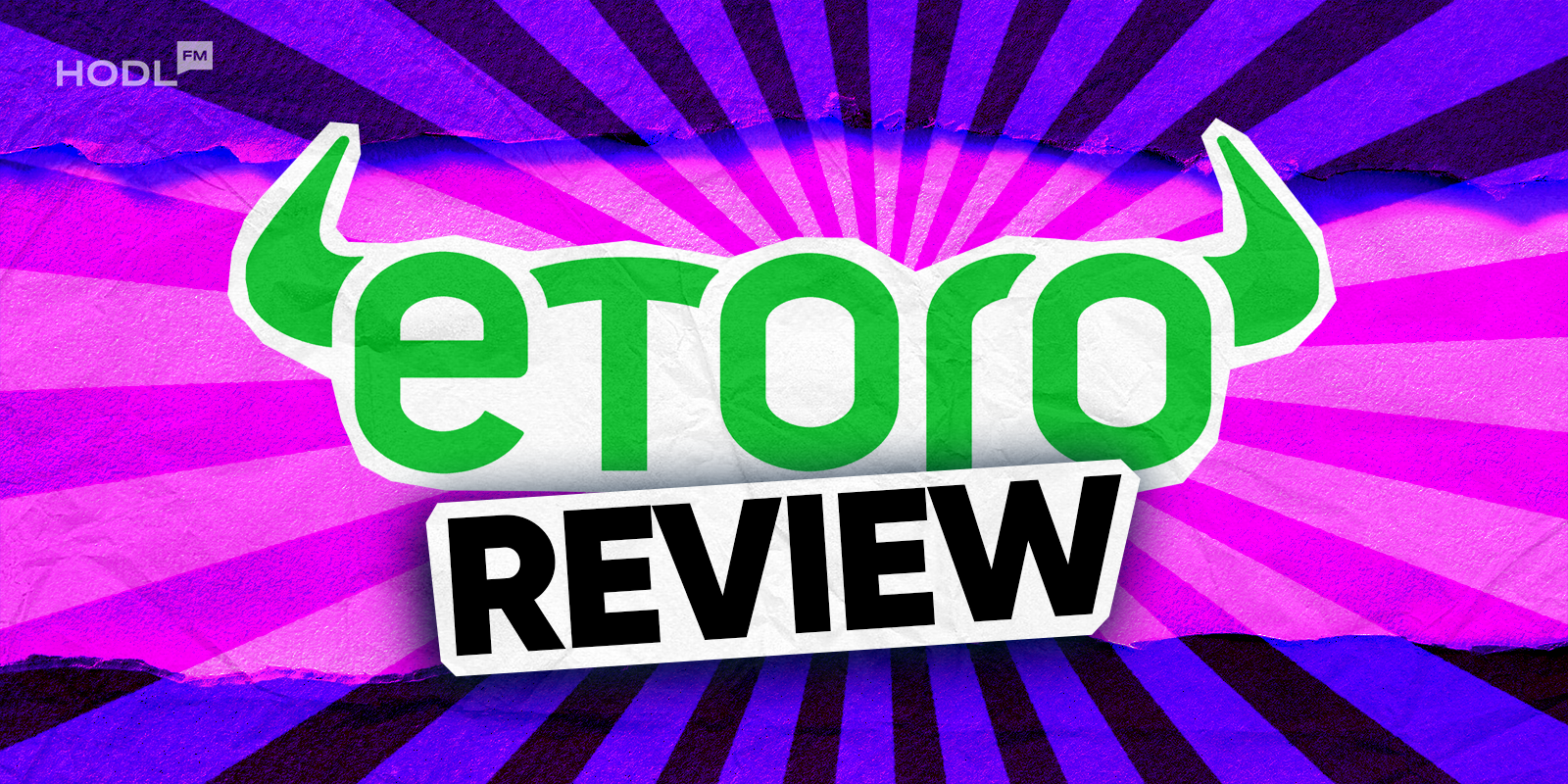
Disclaimer: All materials on this site are for informational purposes only. None of the material should be interpreted as investment advice. Please note that despite the nature of much of the material created and hosted on this website, HODL FM is not a financial reference resource, and the opinions of authors and other contributors are their own and should not be taken as financial advice. If you require advice. HODL FM strongly recommends contacting a qualified industry professional.
